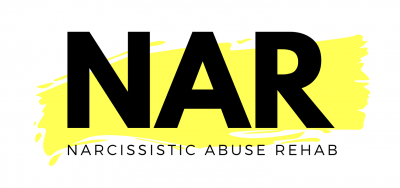Learn about how narcissistic abuse lead to a range of adverse health outcomes, including major depression.
Depression
Depression is a mental health disorder that affects a person’s mood, thoughts, and behaviors. It can cause feelings of sadness, hopelessness, and a loss of interest in activities that were once enjoyable. Depression can also affect a person’s appetite, sleep, and energy levels, leading to physical symptoms such as fatigue and changes in weight.
Depression can vary in severity, with some individuals experiencing mild symptoms that do not significantly impact their daily lives, while others may struggle with severe symptoms that can make it difficult to function.
The causes of depression can be complex and are often influenced by a combination of genetic, environmental, and psychological factors. It can be triggered by a significant life event such as a loss or major change, or it may develop gradually over time.
There are different types of depression, including major depressive disorder, persistent depressive disorder, postpartum depression, seasonal affective disorder, and bipolar disorder. Each type of depression has its own unique set of symptoms and treatment options.
Treatment for depression typically involves a combination of therapy and medication, although the specific approach may vary depending on the individual’s symptoms and needs. Therapy can help individuals develop coping skills and strategies for managing their symptoms, while medication can help regulate mood and reduce the severity of symptoms.
PTSD and depression cooccurence is associated with a greater risk of mortality in women through the development of adverse health outcomes.
Psycho-Emotional Abuse: The Essential Guide was made to provide you with greater knowledge of this fundamental component of narcissistic abuse. This information will give you a clear understanding of: Let’s get started. What is psycho-emotional abuse? Psycho-emotional abuse describes any non-physical pattern of behavior that intentionally harms an individual’s mental state and undermines their ability to reach their full potential. It…



